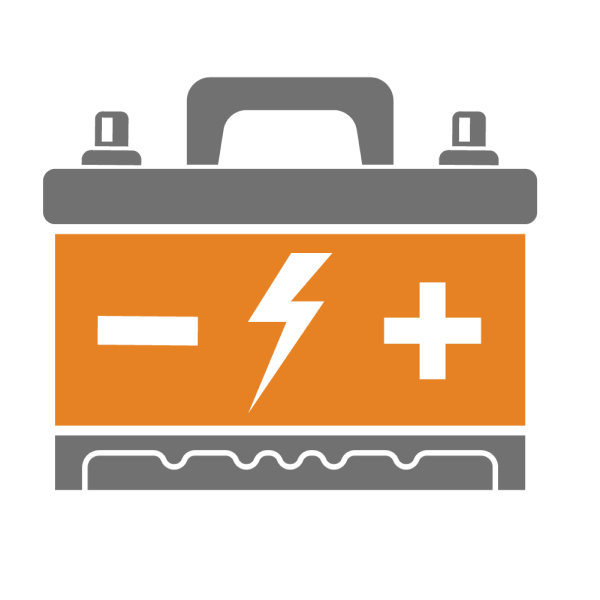Surface Charge of a Battery | Tips for Battery Life
At enviroharvest.ca, we will talk about such an essential topic as battery surface charge.
When needed, the chemical energy stored in a battery may be transformed into electrical power. A battery can have one or more cells. There are two basic types of batteries; rechargeable and non-rechargeable. Non-rechargeable batteries cannot be charged when their power is used up.

It is possible to recharge a rechargeable battery as many times as necessary, even after the battery's capacity has been depleted. Charging your battery keeps it set so that you may use it whenever you need it. Advancements in technology have made it possible to produce batteries that can hold more charge for more extended periods.
To ensure that your batteries have enough power, you must thoroughly grasp the charging procedure. There are certain principles, rules, and procedures to follow for battery charging if you want the job done well. Here is all you need to know about battery charging.
Battery Surface Charge Definition
When your battery’s voltage seems higher than it is, it’s known as a “surface charge.” Your battery’s voltage is inaccurate because of the increased voltage.
Lead-acid batteries are the most common kind to experience battery surface charge. During charging, lead-acid batteries take a long time to convert lead sulphate into lead and lead dioxide.
The plates’ surface conductivity (SoC) rises due to this increased charging activity to compensate for this delay.

Simple Steps to Extend the Life of Your Battery
It takes 14–16 hours for the battery to reach 100% saturation. Charge in an open, well-ventilated space.
Charge lead-acid at all times. Store at a specific gravity level of 1.190 or above.
Take care when discharging. The longer the battery life, the deeper the drain. If you're using your battery a lot, it's good to charge it briefly every 1–2 hours.
Keep the electrolyte level above the plates at all times. Plates exposed to the elements of sulphate lose their ability to conduct electricity. Only add enough water to cover the exposed plates before recharging when the battery is low. After charging, be sure to constantly re-fill to the proper level.
Never add acid. Increasing the specific gravity would lead to corrosion buildup.
Deionized or distilled water should be used. In certain areas, you may be allowed to drink tap water.
The capacity of a modern deep-cycle battery may be less than 70 percent. In the long run, formatting in the field will improve performance. Use a light load for the first five cycles to let the battery format.
Battery capacity at the start of life can significantly impact the battery's performance. Life expectancy for low-performers has been documented. As part of the acceptance process, it is recommended that you run a capacity check.
As a result, a start-stop battery generally contains 25 percent more lead than a regular starting battery. Consequently, the price rise is reflected in this.
